What do you see as the positives and negatives around copyright?
The main purpose of copyright law is to protect new creative works from being duplicated without permission. One of the main strengths of this is that any published creative work is automatically protected, with no registration of the work needed for this to happen. Copyrights also give creators the exclusive right to profit from their work, which can really help musicians, artists and writers for example. Also, breaches of copyright are usually dealt with in a very straightforward manner, as only the burden of proof that copyright was infringed needs to been shown, as opposed to proof beyond a reasonable doubt that is needed in criminal proceedings.
However, there are negatives about the system. While in one aspect creativity is encouraged, as creators know their works are protected, in another aspect creativity is restricted, as profit cannot be made from a work that derives something from another. What makes this worse is how vague copyright law can be, especially in terms of fair use, which includes using someone else’s work for commentary, criticism or reporting. This is a fairly large problem on YouTube as each case is interpreted different; there are no set rules. One huge example is a channel called H3H3 Productions, a channel consisting mainly of commentary on other videos. In one video they parody and criticise a video from another YouTuber, something many would assume is under fair use. However, the owner of the original video filed a lawsuit against them, accusing them of reproducing too much of the original video, which led to H3H3 having to spend hundreds of thousands of dollars fighting the case, not to mention the emotional stress they must have been going through. While they did end up winning the lawsuit, the ambiguity of copyright law meant the process was long, painful and uncertain, and could have been avoided if there were set rules on fair use.

Is it possible to make anything new?
Absolutely, although that does not mean it isn’t a challenge to make something new. Recent indie games show that it is very possible to come up with successful new ideas, such as Undertale, a pixel game created by Toby Fox in 2015.
Undertale is not your typical RPG; it constantly surprises you with quirky mechanics such as the battle system, in which you move a dot around a playing area to avoid enemy attacks. The mercy feature is similarly fresh, as you don’t get a reward for not killing enemies, while in games like Bioshock for example, there is much to gain from saving the Little Sisters. In Undertale, you can choose not to kill anyone simply because it is the right thing to do. Undertale is an example of a game that takes influences from other games but uses them to create fresh and inventive ideas. This means that you don’t need to necessarily copy other works to create something new; you can always take influences from them to create your own.
British Library (n.d.).Fair use copyright explained. Retrieved from British Library: https://www.bl.uk/business-and-ip-centre/articles/fair-use-copyright-explained
Schnotz, W. (n.d). Pros & Cons of Copyright Laws. Retrieved from Az Central: https://yourbusiness.azcentral.com/pros-cons-copyright-laws-5170.html
http://smallbusiness.chron.com/pros-cons-copyright-laws-52554.html
https://kotaku.com/h3h3-productions-win-lawsuit-against-youtuber-they-paro-1798386207
https://www.reddit.com/r/Undertale/comments/3wpnd6/what_makes_undertales_mercy_mechanic_unique/?st=javearup&sh=bb0ce03d
https://www.gamefaqs.com/boards/180989-undertale/72981369/839030619
Image 1: http://www.finearttips.com/wp-content/uploads/2011/02/copyright-.png

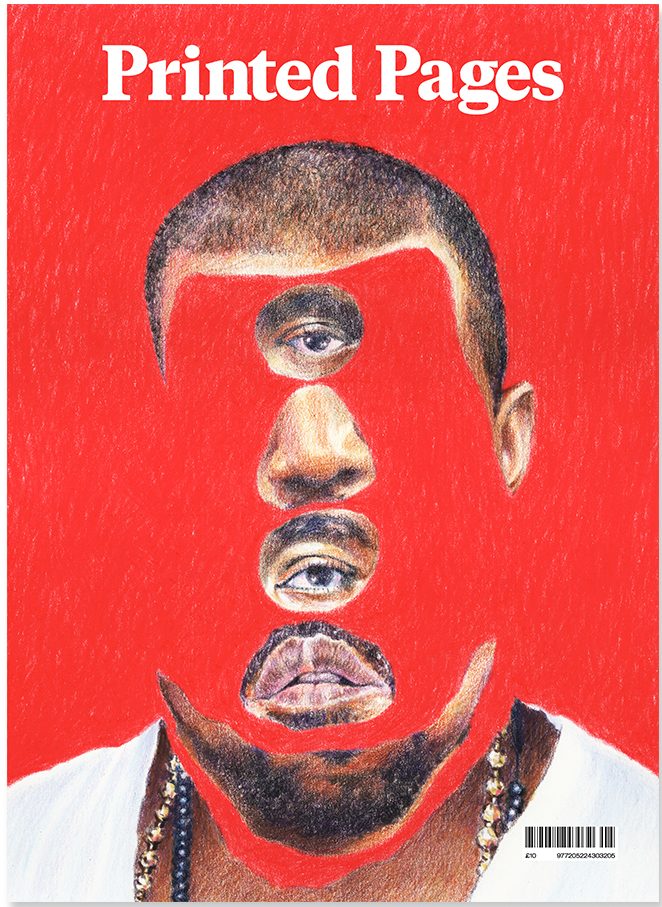
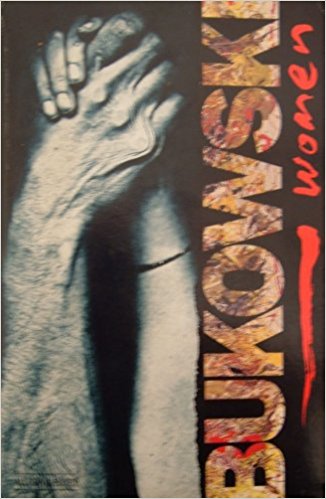
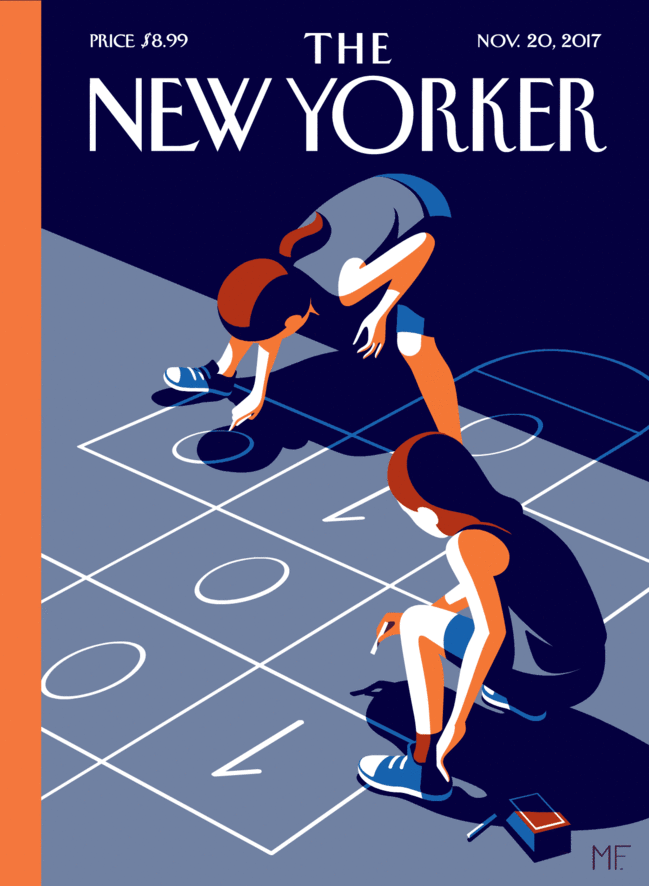
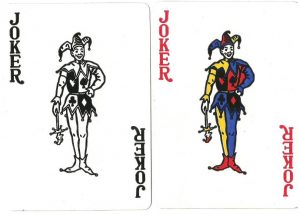
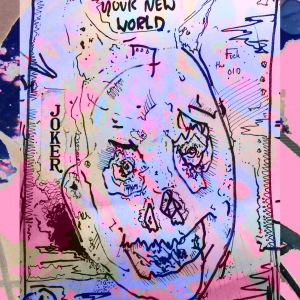 Revolver Gallery. 2017. Andy Warhol and the Art of Appropriation. [ONLINE] Available at:
Revolver Gallery. 2017. Andy Warhol and the Art of Appropriation. [ONLINE] Available at: 